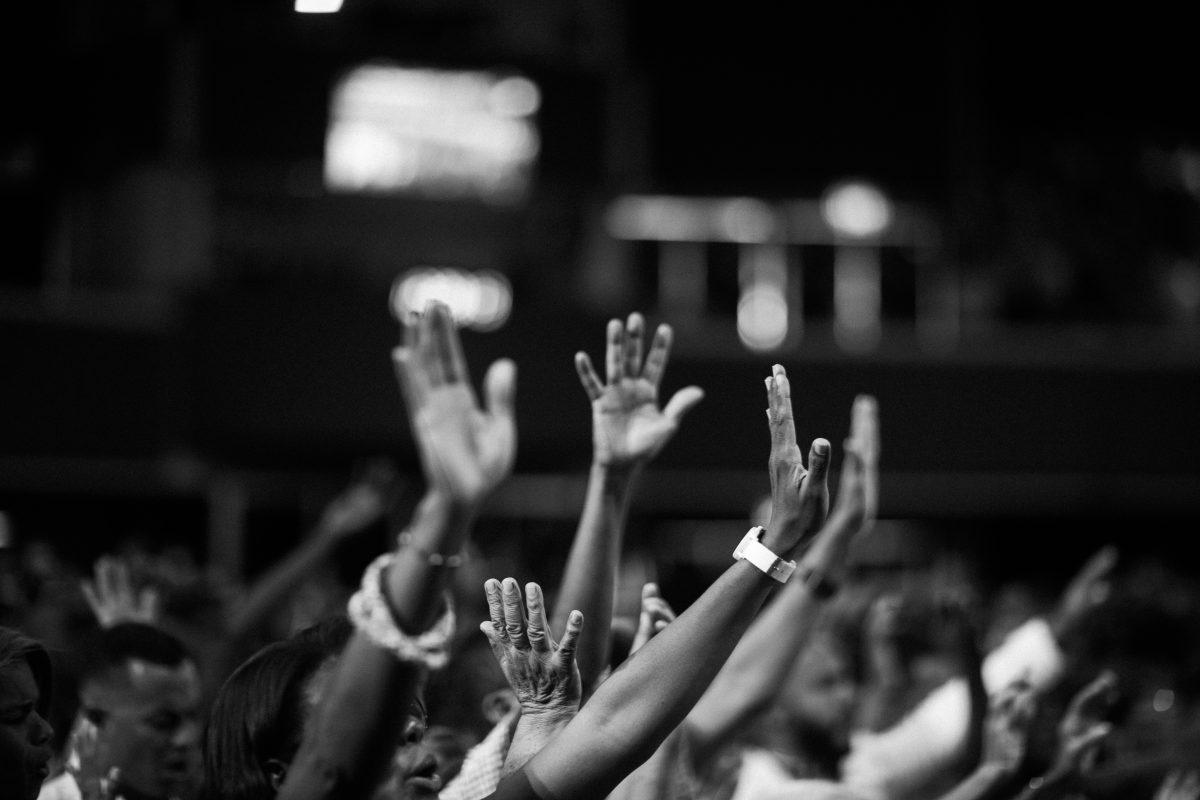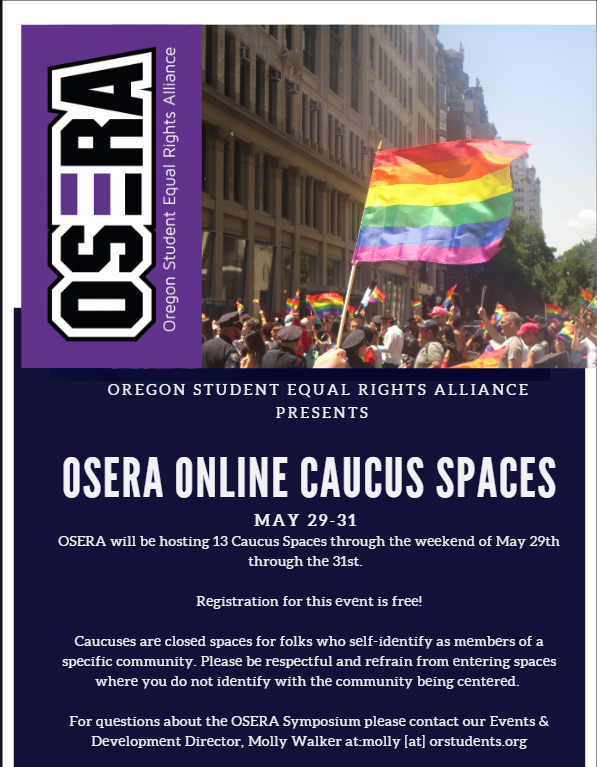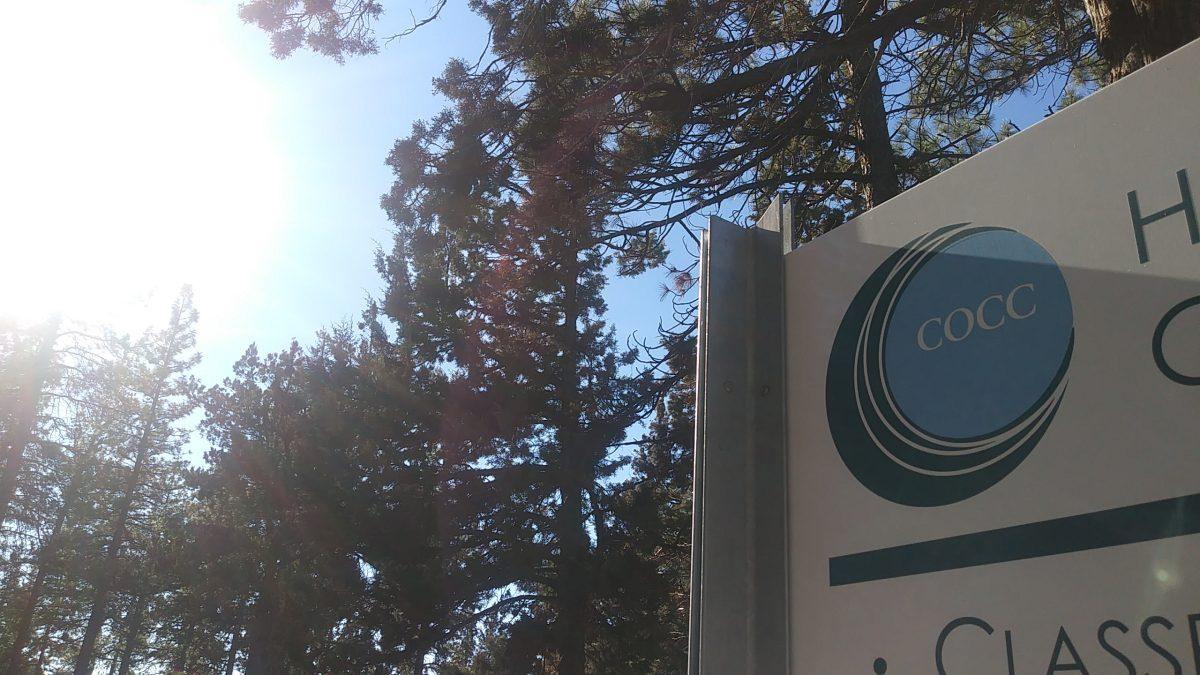
Cedar N. Goslin
The Broadside
Whether it floats your boat or not, with new lingo constantly popping up, props are due to any dude who can keep up with current street talk. Slang—otherwise known as jargon, street talk, and lingo—is part of our culture. It’s present in music, advertisements and everyday communication. But what is slang? For some, the first thing that comes to mind are words that are generally used by teenagers to sound cool, words that have been assigned alternative meanings, such as: hot, awesome and even the word “cool” itself. It also includes words that were completely made up such as rad, and Internet jargon like “omg,” “lol” and “g2g.”
“I find derogatory terms to be in line with slang pretty much. Words like “ain’t,” “dawg,” “cuz,” “yo” and the like are just accents in my opinion,” said Matt Boyle, a student at Central Oregon Community College. Though different people have different personal definitions, technically speaking, slang is merely speech that isn’t part of the commonly accepted language. The definition given by dictionary.com is “very informal usage in vocabulary and idiom that is characteristically more metaphorical, playful, elliptical, vivid, and ephemeral than ordinary language.” However, slang doesn’t always remain as such forever; words can either fade away as they go out of fashion, or become part of the accepted language.
“Slang goes through stages of acceptance,” said Mike Lankford, a writing professor at COCC. “What was considered slang at one point, may now be accepted.”
There are a number of ways that slang can go from being “street talk” to a part of regularly accepted language. One is that it simply becomes so common, that people start to accept it. According to Lankford, this happens because it no longer draws attention from the message the speaker is sending, and the fact that slang draws attention is what typically makes it unacceptable in certain contexts. Some examples of that are “blast” (as in “I had a blast”), “bummed” and also phrases such as “down in the dumps.” Another way for slang to reach acceptance is for words to be voted on and added to the dictionary. Up for nomination this year is a word made up by Sarah Palin– “refudiate.”
Slang doesn’t always remain as slang, but why does it exist in the first place? According to Lankford, it’s because we need it to.
“In a way I think that language mimics what’s going on in culture. If you have a culture that’s changing rapidly, language has to keep up with it,” said Lankford.
For example, ten years ago words like “twitter” didn’t exist, and if you told someone you had a blog they’d probably think you were giving them too much information about your stomach flu. As humans progress, so must the language they speak,otherwise there wouldn’t be the words to describe our day-to-day experiences. Just think, if we never created new words or added meanings to pre-existing ones, could you describe to your friends a day spent surfing the web and then promise to text them later? Probably not.
“Slang is a way of enlivening language and creating new terms.
“Any culture moving as fast as our needs new words continually to describe what’s going on,” said Lankford.
Whether you think slang is fun and casual or inappropriate and somewhat tasteless, it’s part of what helps us expand on our language, and isn’t necessarily a bad thing. Does that mean you should pepper your writing 122 paper with words like “dude” and then claim to your professor that you’re only trying to enrich the language? No, that only worked for Shakespeare.







